

| E-Mail Broadcasts | Library | Machine Operations Videos | Technical Training Videos | Trade Shows | Contact Info | Home | FAQ |
|
USDA USDA Nutrient Management Tool Bar USDA Nutrient Management Tool Bar. The
USDA Tool Bar is located in Colby, Kansas presently. 1.
allows banding pre-plant 100 to 45 days ahead of planting....
Scientifically and Practically…..A broad window of application….finds the
highest levels of nutrient efficiency and thus more crop available nutrients. No-tillage application. Swiveling single disc application with very low soil disturbance. “If you can’t buy it…. you have got to build it.” On the go formulation of specific nutrient materials. |
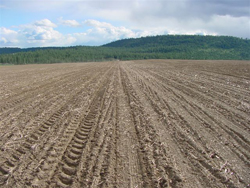 |
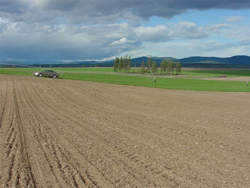 |
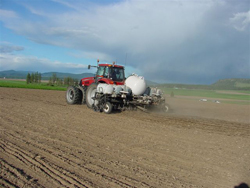 |
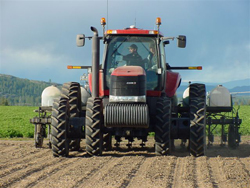 |
 |
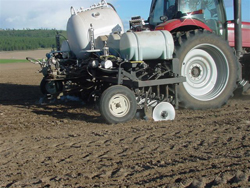 |
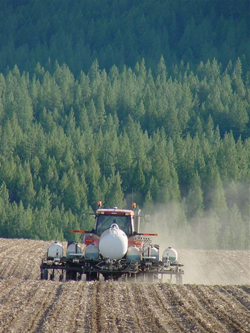 May 1, 2010 |
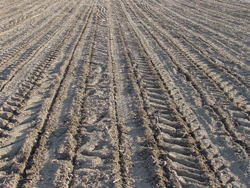 May 1, 2010 |
_SM.jpg) May 1, 2010 |
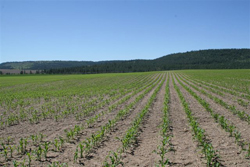 June 12, 2010 |
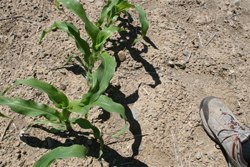 June 12, 2010 |
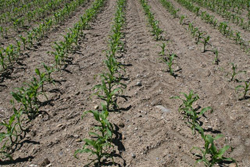 June 12, 2010 |
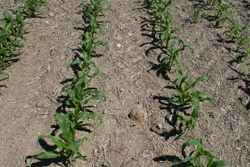 June 12, 2010 |
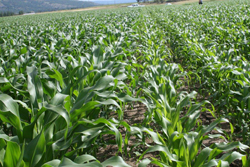 July 2, 2010 |
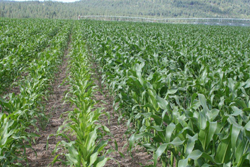 July 2, 2010 |
 July 2, 2010
|
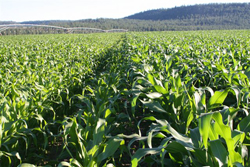 July 6, 2010 |
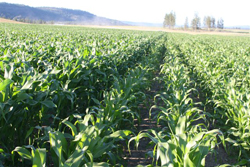 July 6, 2010 |
|
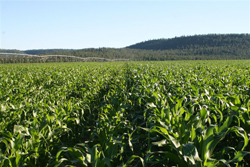 July 6, 2010 |
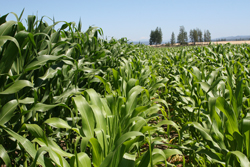 July 16, 2010 |
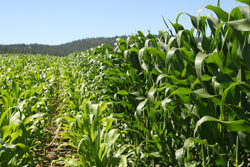 July 16, 2010 |
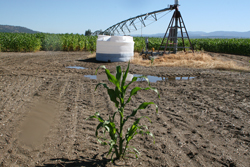 July 23, 2010 |
 July 23, 2010 |
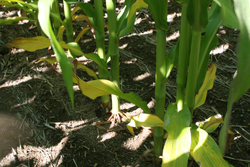 July 23, 2010 |
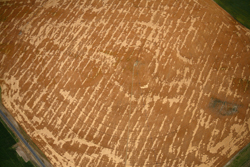 July 29, 2010 |
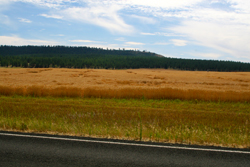 |
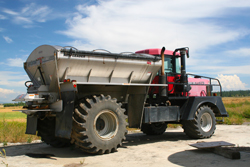 |
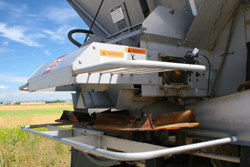 Sinusoidal Flow Explained |
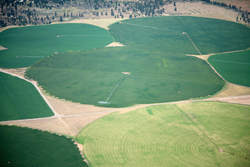 July 29, 2010 |
 July 29, 2010 |
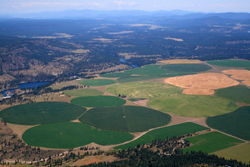 July 29, 2010 |
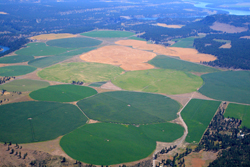 July 29, 2010 |
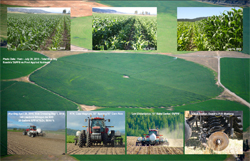 |
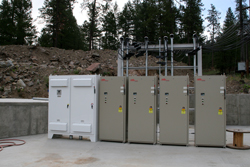 |
 |
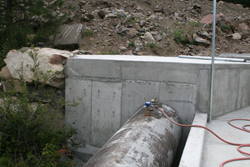 |
|
Corn Center Pivot.
Spokane Colony…..sandy
soils with rocks….low CEC and ideal for potatoes….
Charles Gross reported that they plan on applying 220
pounds of N as Urea at 120 lbs N, 100 lbs N as
Solution 32-0-0 on half of the pivot, also 40 lbs of
Phosphate and Sulfur as dry applied with Urea ......Yield Goal is
250 bushel corn. Two National Awards have been given for TAPPS and Single Disc Application....and another good example of performance. TAPPS performs best in Variable pH and Variable Organic Matter Soils.....the soils at this location are both....and low CEC. |
|
CRP takeout.
A
dryland pivot corner was fertilized to confirm long term benefits of
No-tillage and Rotational Band Loading using the Ortho Ratio. |
|
Chemical Fallow Application With USDA Tool Bar - June 12, 2010, Col., WA |
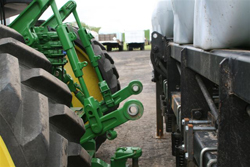 |
 |
 |
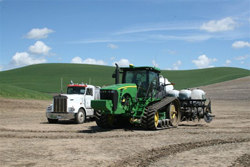 |
|
Variable Rate Application Of Winter Wheat With Spring Side Dress Treatments Considered. |
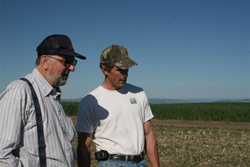 |
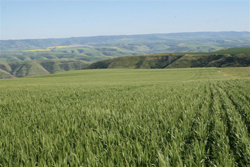 |
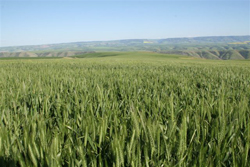 |
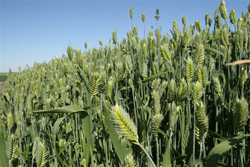 |
 |
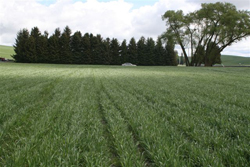 |
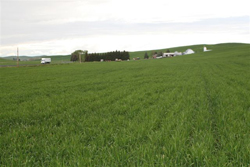 |
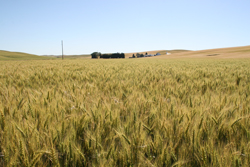 July 16, 2010 |
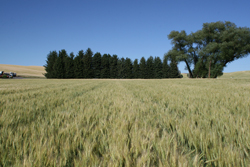 July 16, 2010 |
| Side Dressing Big Spring Wheat, Steve & |
Kevin Mader, June 2010 Pullman, WA |
|
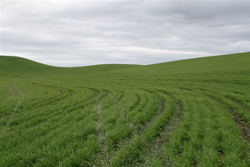 |
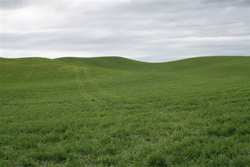 |
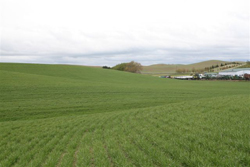 |
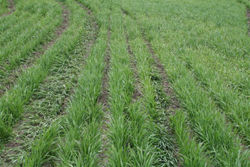 |
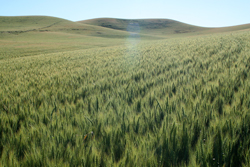 July 16, 2010 |
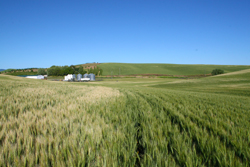 |
| 7/15/10 - Side Dressing Sunflowers, Colby, KS | ||
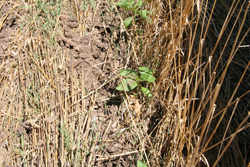 |
 |
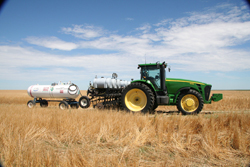 |
|
Reviewing Technical Advances, ISO-bus, Auto Boom, Looking Glass Manifolds. |
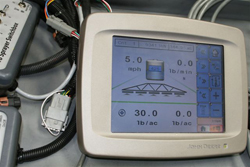 |
 |
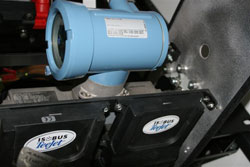 |
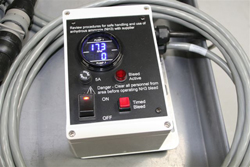 |
 |
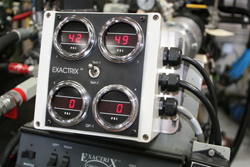 |
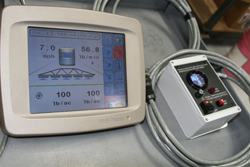 |
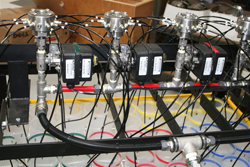 |
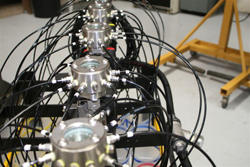 |
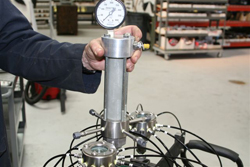 |
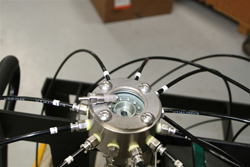 |
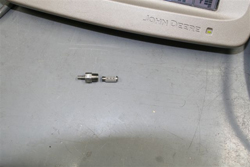 |
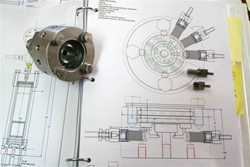 |
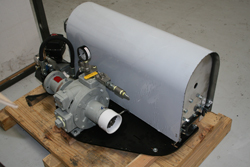 |
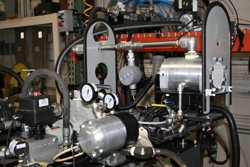 |
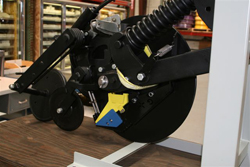 |
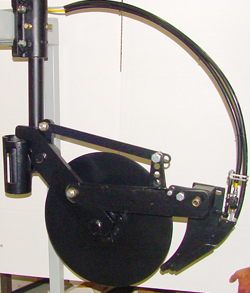 |
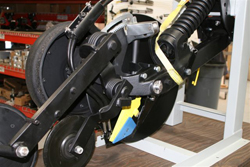 |
 |
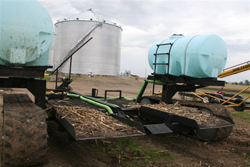 |
_SM.jpg) |
_SM.jpg) |
_SM.jpg) |
_SM.jpg) |
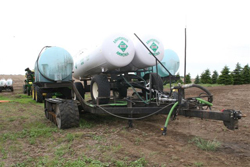 |
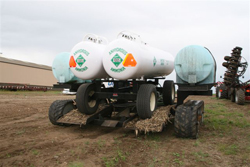 |
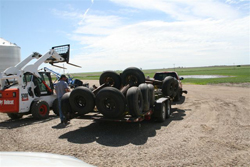 |
 |
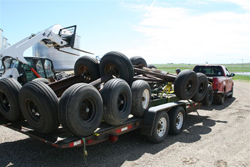 |
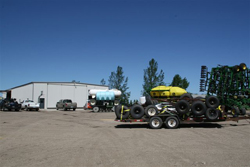 |
 |
 |
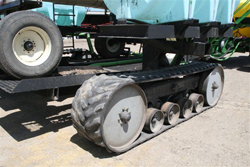 |
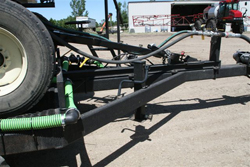 |
|
|
|
Little Falls Dam. Measurements taken at 100 feet inside from the road at the 2nd outside tower. Location is 2nd outside tower....100 feet to the east on the pivot tracks for the solution 32 and 100 inside on the pivot tracks to the west for the TAPPS. Pictures are TAPPS treatment only. Average TAPPS ear height between 46 to 52 inches....average is about 48 inches....the height of the corn is another 5 feet. Overall height is 9 feet. Ears are generally uniform....Plant height is uniform.....and the color is dark green. Ears are filling well to the end and have about an 8 inch average length. The secondary set of brace roots are high off the ground line at 3 to 4 inches....and very little purple in the brace root. Ear leaf is good color....lower leaves below the Ear leaf have died off. 150 pounds N....46P,....25S.....1 pound Zn.........Also some seed row starter .... As compared to the Solution 32 treatment with about 300 pounds N...plus dry 11-52 and Urea......The TAPPs corn is 1.5 feet higher....the ear height is 36 inches of the Solution 32....so the elongation of the plant seems to have occurred below the Ear. The plant height is irregular, the ear height varies between 30 to 40 inches....the solution 32 Plant overall height is from 6 feet to 8 feet....on average about 1.5 feet less height with the Solution 32 treatment.... This is maximum tillage pivot due to the potato rotation following spring wheat….all stubble was worked in on a tillage system…. Next year, 2011 Dam Diker is required....Why? Lots of erosion on the slopes. Because the economics are good….Corn now at $5.25 cents per bushel at Yakima….Locally at $4.80 per bushel….Change the Ratio to a full Ortho Ratio of TAPPS. Sandy Soils at very low CEC. 162 pounds N, 72 pounds P, 42 pounds S. 2 pounds Zn. …..Why? Some purple brace roots...Low CEC….free up micro-nutrients with Thio-Sul…12-0-0-26S is appears very functional in the band. Corn Pre-plant banding at Triple band leveraged to the 30 inch corn row......Leverage the bands to the corn in the first 8 weeks…..bring 3 dedicated banding P-51 Mustang openers in closer to the 30 inch row at 5,5,5,20....and add one more band directly under the plant in pre-plant banding....for side dress remove the third band or slide it over to the side of the row. A second rank required. Average Band Spacing is 10 inch……Why? The corn crop is showing a good response to TAPPS….but it appears that it came a little later….about Jun 20 to June 26 where a line began to form up….moving the bands closer will improve the targets….adding one more band directly under the plant along 3 total targets per row for TAPPS. Set tractor tires on 30 inch with RTK…..start and stop the booms with ISO-Bus Auto Boom … Design a VRT map….and start with both products going up and down. …Why….because the variability of the pivot can be determined with Yield Maps once the TAPPS treatment has been made across the field with the 2010 crop. However it may take a few years before the uniformity kicks in. Set up the tool bar at 40 feet with 10 inch average spacing….Why? Need to side dress irrigated winter wheat early in the spring…..side dress the higher yielding areas of the dryland spring wheat. Fertilize the Timothy and Orchard Grass Hay…..Apply banded 10 inch APP/ATS and liquid boron to the Alfalfa hay crop. Review the planter fertility program…..Low CEC may require about 10 gallons per acre of 10-34-0 Review Magnesium Thio-Sulfate….Why, Tom Fairweather thinks we can get a response. Check soil pH and raise up to 7. Consider Fluid Lime application at 200 mesh. Park the dry applicator for lime application….Fluid Lime is required for uniformity. |
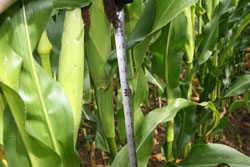 |
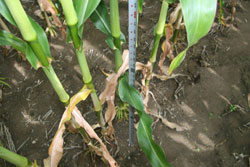 |
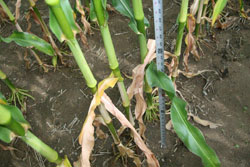 |
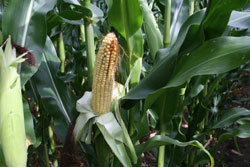 |
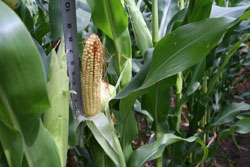 |
 |
| Exactrix®
Global Systems LLC 4501 East Trent Ave. Spokane, WA 99212 www.exactrix®.com 509 995 1879 cell, Pacific. exactrix@exactrix.com |